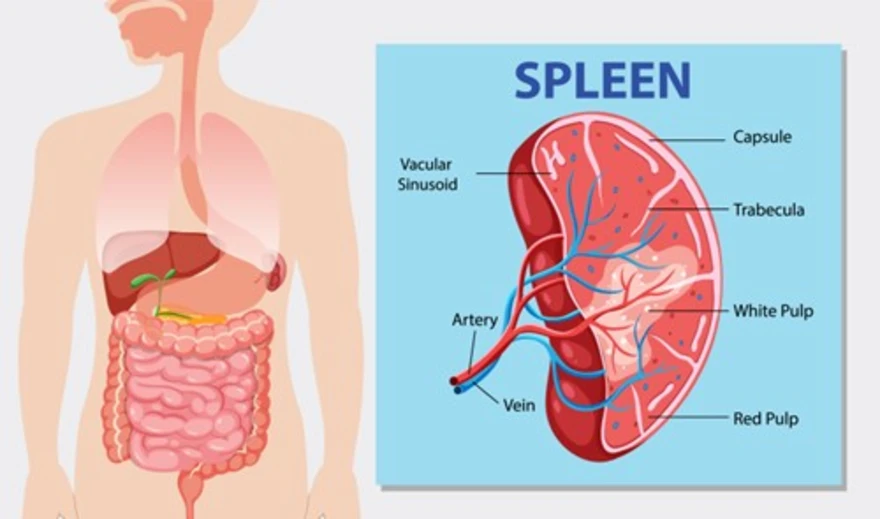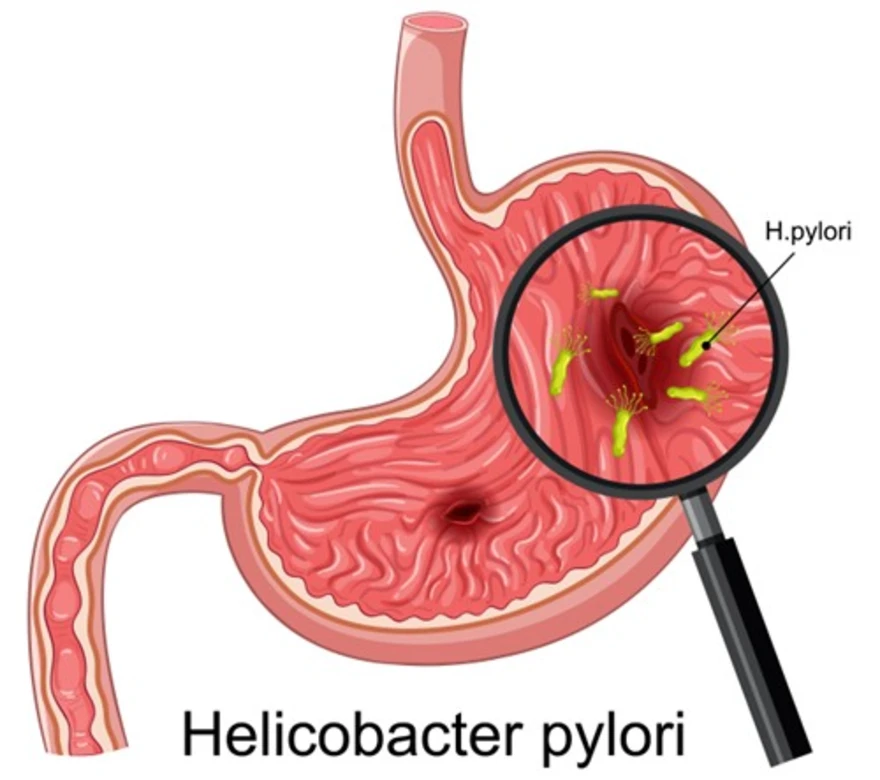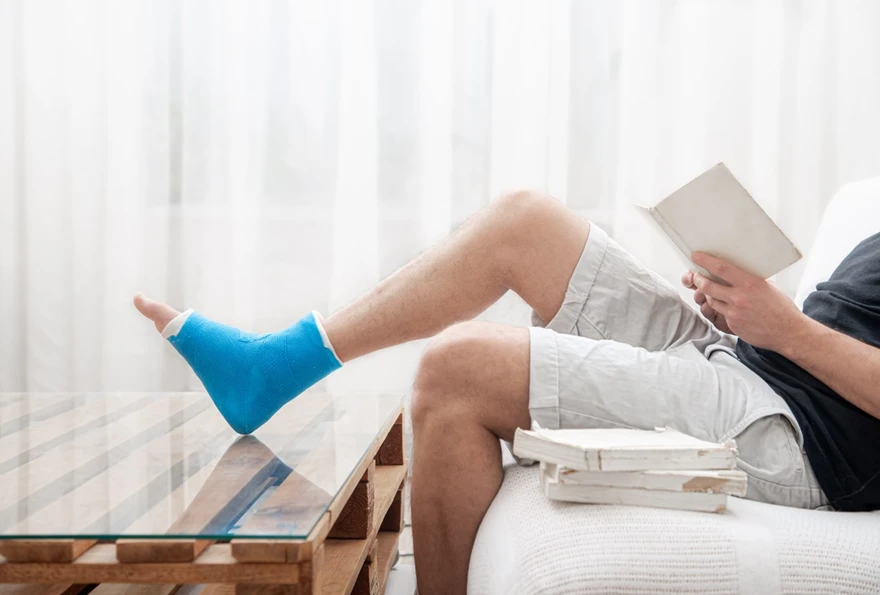Lifestyle
Understanding Acne on Face - Causes, Treatment, and More

Table of Contents
Have you found yourself in situations where the day you need to go out for a meeting or a party, a pimple pops up out of nowhere? It’s completely normal; there is a reason behind calling it common acne because everyone goes through an acne outbreak at some or the other point in life. If the pores on your skin get blocked due to excess oil, dirt, or dead skin cells, it leads to a pimple or zit, but if this repeatedly happens, it may lead to acne. Simply put, acne is a disease while pimple is just a symptom.
What causes acne?
Also known as acne vulgaris, this skin condition shows up in different levels of severity and size. Acne occurs when the sebaceous glands aka the oil glands attached to the hair follicles are stimulated either due to hormonal changes or at puberty. The glands secrete an oily liquid called sebum which keeps your skin lubricated and carries dead skin cells through the follicles. It is a natural substance that aids in skin lubrication, and if produced in excess, the skin cells mature and are disposed to plug the follicular pore. Too much oil produced by the follicles along with the dead skin cells can clump together into a clogged pore that blocks the follicles. These plugs can either be seen as whiteheads if they are covered with a thick layer of skin or as blackheads if exposed to air. The follicles become big giving rise to a bump and if tampered with, the wall of the follicle enlarges and ruptures leading to inflammation. If the inflammation is deep, it is called a cyst, which can be painful and embarrassing. A whitehead is different from a pimple in the way that pimples are small red tender bumps on the skin which have pus in them, while whiteheads are hair follicles that get clogged with sebum or dead skin cells or bacteria, but these are bumps visible usually on the back, neck or shoulders and are less painful than pimples.
Acne and hormonal imbalance
There are several factors that trigger acne, but the common is thought to be a rise in androgen levels, which elevate at the onset of adolescence or due to undying stress levels. An increase in androgen levels causes the oil glands under the skin to grow and produce more sebum. Excessive sebum can cause the breakdown of cellular walls in the pores, causing bacteria to accumulate.
Other possible triggers
- Greasy cosmetics
- The pressure exerted unknowingly from helmets, tight collars, straps or suspenders etc
- Certain medications like lithium, or contain iodides, bromides or other steroids
- Environmental irritants, such as pollution and high humidity
- Squeezing or picking at blemishes
- Chronic stress
- Foods that are high in refined carbohydrates like bread, desserts made with white flour, rice, soda, and other sweetened beverages
Tests for acne
Acne is either diagnosed by visual check-up or if you want to find out the root cause or the source of these acnes, your doctor can advise hormone test during the menstrual cycle commencement. Some of these hormonal tests are:
-Dehydroepiandrosterone sulphate (DHEA-S), a test done to keep a check on the working of the adrenal glands. -Sex hormone-binding globulin (SHBG), SHBG is a protein that is produced by the Liver. If the SHBG levels are low in a woman’s body, it might result in side effects such as acne and hirsutism. In order to increase the SHBG levels, one must regularly do aerobics or exercise and curtail their calorie intake.
According to the research findings, low SHBG and raised DHEA-S are the hormone changes most often seen in cases of severe acne.
Lipid profile test has now become a routine test to measure the level of certain lipids in the blood. It is widely used to predict cardiovascular risk by measuring four basic parameters: total cholesterol, LDL cholesterol, HDL cholesterol and triglycerides which are usually carried out in a fasting blood specimen. Plasma HDL cholesterol of acne patients is likely to decrease as the severity of acne condition increases. Acne patients have significant changes in the plasma lipids profile that should be considered in the pathogenesis as well as in the treatment of acne.
Treatment of Acne
If you have severe pain causing acne that refuses to go over some days, it is best to see a dermatologist for a cure. Below are some ways in which acne can be treated:
- Antibiotics and antibacterial- antibiotics are usually given for a short period of time to reduce inflammation and kill the bacteria responsible for causing pimples.
- Prescription creams such as retinoic acid or benzoyl peroxide work to lessen oil production and also act as anti-inflammatory treatments for killing the acne-causing bacteria.
- Women who suffer from hormonal acne might be prescribed spironolactone.
- Other treatments include chemical peel, photodynamic therapy, oral medications, cortisone injections, etc.
- Certain over-the-counter topical medications such as adapalene, salicylic acid come in the form of gels, lotions, creams, or soaps.
The first step when tackling acne is to analyze how severe the problem is. Most mild cases can be managed with some simple recommendations and over-the-counter products. Serious cases should be handled in the doctor’s office.
Self-caring for your skin
Be gentle with your skin. Pat your face dry with a soft, cool cloth and apply a mild cleanser, once in the morning and once in the evening. Use natural skin care and grooming products to avoid creating acne by inflaming the skin.
• Avoid the temptation to pick, squeeze or pinch at your blemishes, lest they may result in scars or dark blotches.
• Refrain from touching the face frequently
• Take proper care to avoid shaving over acne blemishes or shaving off the tops of pimples. In case of more serious inflammatory acne, or if shaving in itself seems to really irritate your acne, you might want to try using a beard trimmer.
If you have acne, don’t be embarrassed. Staying hydrated, maintaining a well-balanced diet, getting enough sleep and avoiding surfaces with germs like the screen of your phone, door knob, pillowcases or violin chin rests, are ways you can keep acne-causing bacteria at bay. While many people have different notions about acne and pimples reduction, following what the doctor has suggested or general measures like those mentioned above are the safest and the quickest ways to get rid of them and have spotless and clear skin!


























